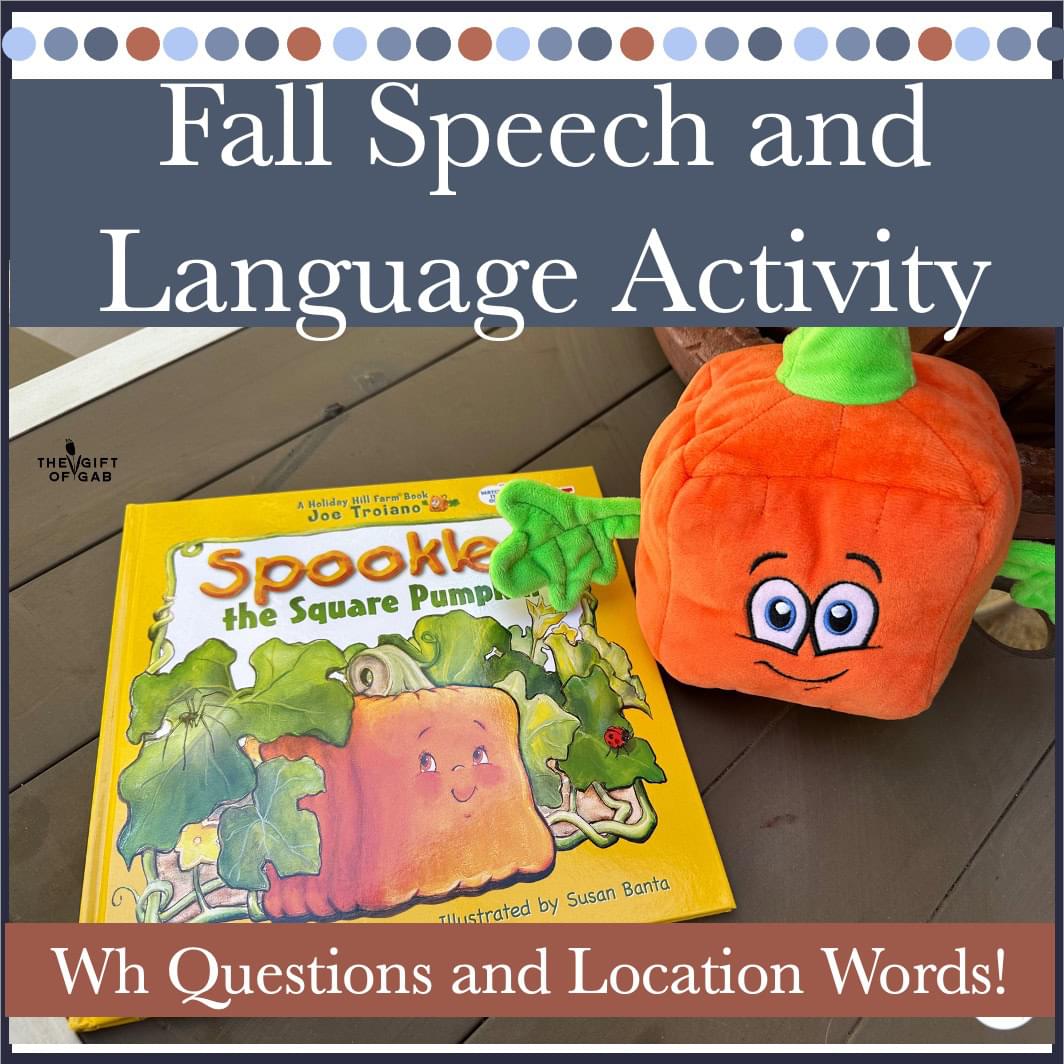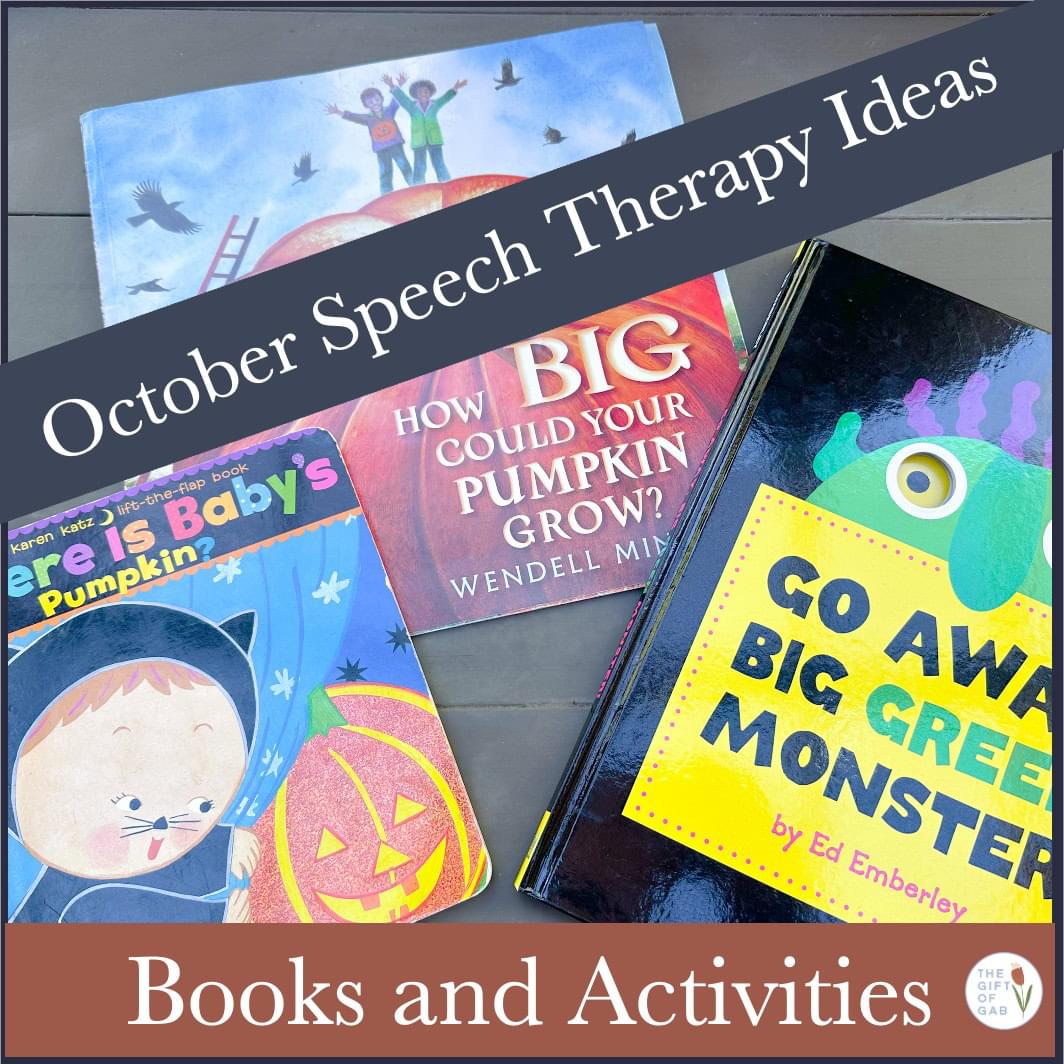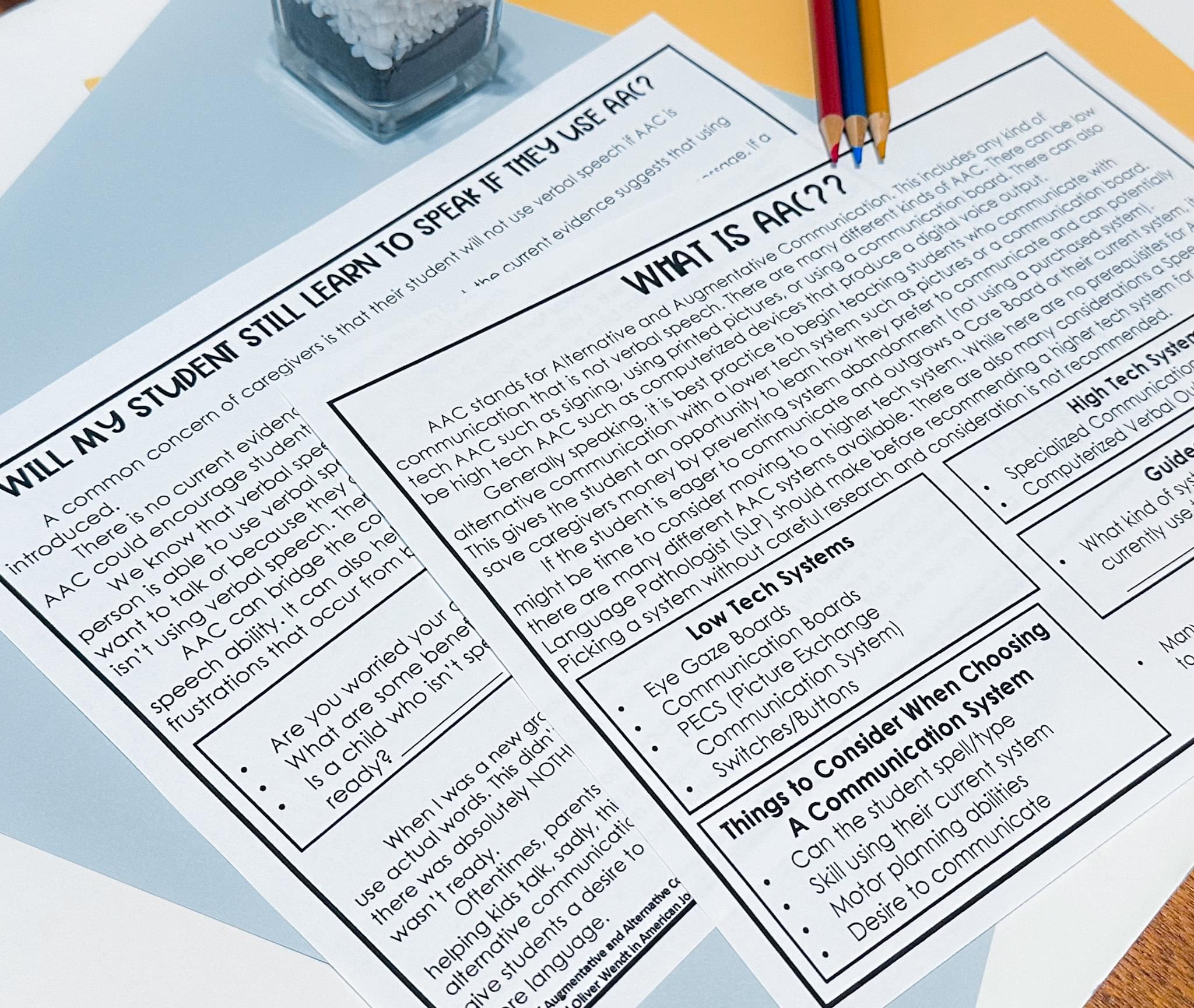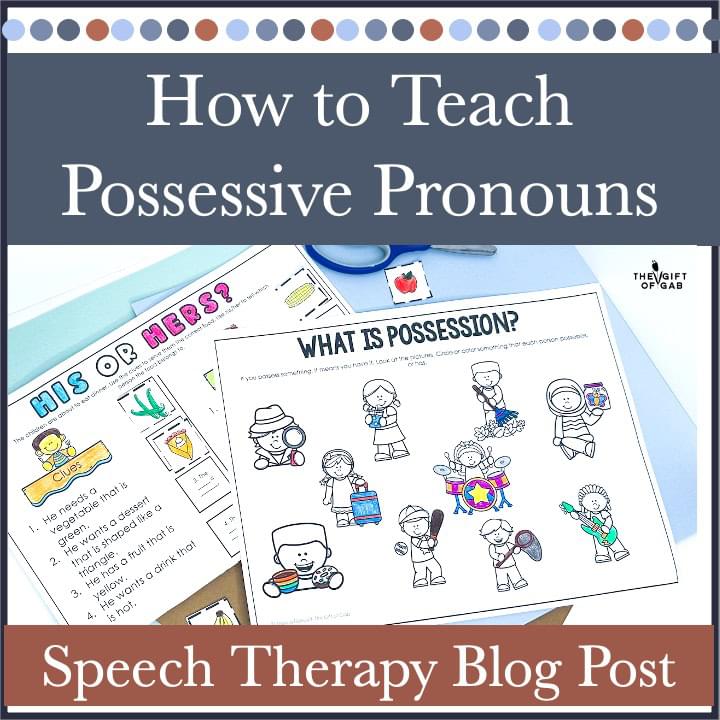Let me tell you a story about AAC Caregiver Training.
I was in my first year in the Public Schools (and a 2nd year SLP). The student was in a PPCD kindergarten classroom. As I got to know him, I realized that he would be the perfect student for an electronic AAC system. I had our district AAC specialist come out and evaluate him, and we found an excellent communication system that fit his needs. At school, his language output skyrocketed, and he loved using his communication system.
As a school-based SLP, I had minimal opportunities to educate his caregivers. At our IEP meetings, I emphasized the importance of ensuring he always had his system with him and tried to educate them on best practices for carryover at home.
Fast forward a few months, and I randomly visited the church this sweet family attended. My SLP brain instantly noticed that he did not bring his communication system to church. Clearly, my brief in-person education at IEP meetings had not been enough. This got me thinking:
How Can SLPs Better Educate Parents of AAC Users?
Obviously, the ideal situation would be home visits with time dedicated to individualized caregiver training. But we know that in the field, that isn’t always possible. In fact, most of the time it isn’t.
What Do We Need to Teach the Caregivers of AAC Users?
In a paper by Sota and Vega (2024), the authors outline a list of 6 Core Competencies that underly every successful AAC Parent Training Program. This is a quick summary of the 6 essential skills we need to be teaching to the caregivers of AAC users:
1.) How to arrange the environment.
2.) How to respond to communication attempts.
3.) How to prompt effectively by using choices, comments, and questions.
4.) The importance of increasing caregiver wait time before prompting or responding.
5.) How to model communication using speech (or even another AAC System!)
6.) How to recast and expand utternaces to add vocabulary and grammatical features.
How can I include best practice AAC parent education strategies?
As a therapist with primarily a school-based background, I utilize parent handouts specifically created for AAC users. These parent handouts include a space to help caregivers brainstorm and document the needs for the specific situation. I like to distribute one handout every week or two and encourage parents to focus on becoming familiar with one strategy at a time. This helps with overwhelm and allows parents time and flexibility to learn at a realistic pace.
Once again, I will recognize that this may not be as “ideal” as perfectly individualized in-home training sessions. But you will find that these handouts include these six features outlined by Sota and Vega.
If you are also needing ideas for training Early Intervention caregivers, you might enjoy this article!





